
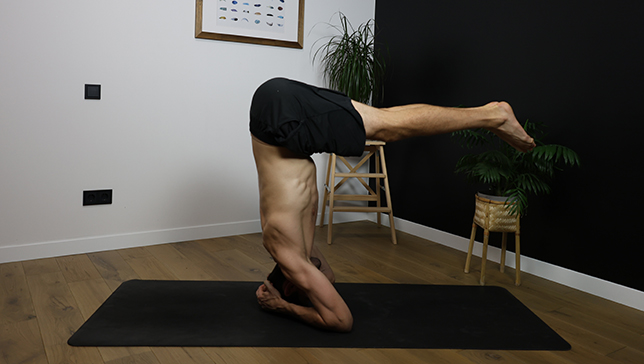
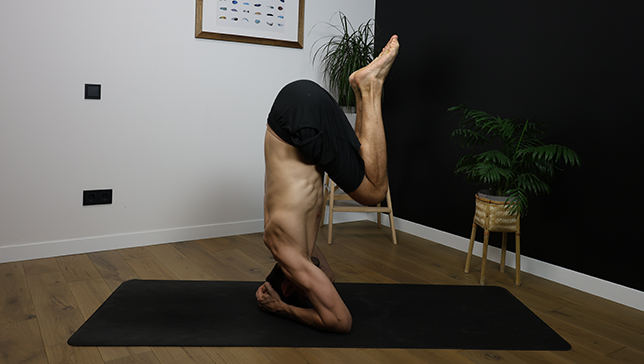

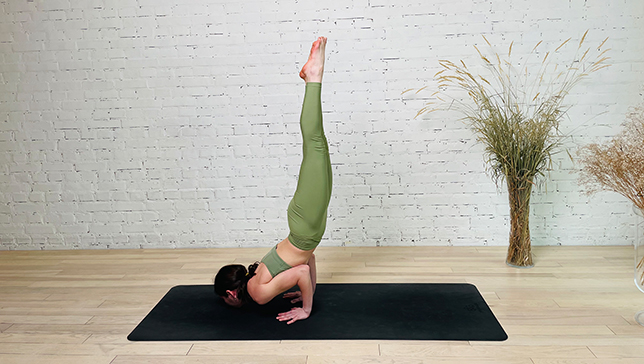
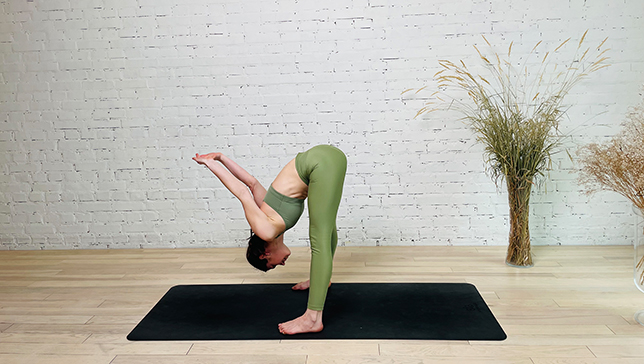
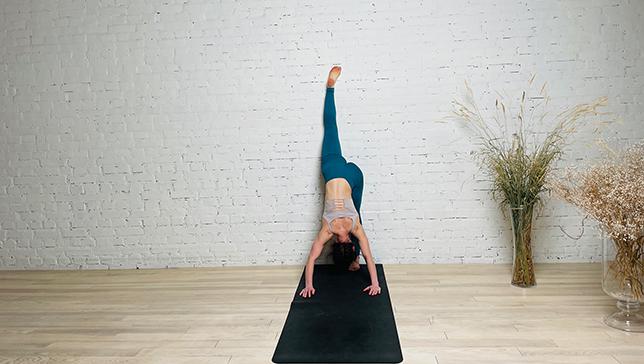


Inversion yoga poses are a category of yoga postures in which the head is positioned below the heart. These poses involve reversing the usual gravitational pull on the body, with the hips and legs lifted higher than the head. Inversions can range from mild to advanced, and they offer a unique set of benefits to the practitioner.









Inversion yoga poses can range from gentle and beginner-friendly poses to more advanced and challenging ones. Here are some types of inversion yoga poses:
Inversions are energizing, improve circulation, and offer various physical and mental benefits. However, they should be practiced with caution, and it’s crucial to develop the necessary strength and alignment under the guidance of a qualified yoga instructor. As with any yoga practice, individual variations and contraindications should be considered when attempting inversions.
Improved blood circulation, which can enhance brain function and mental clarity.
Lymphatic drainage, aiding in detoxification and immune system support.
Spinal decompression, reducing compression and tension in the spine.
Increased upper body and core strength.
Enhanced balance, coordination, and proprioception.
Boosted self-confidence and a sense of accomplishment.
Neck injuries or cervical spine issues.
High blood pressure or uncontrolled hypertension.
Menstruation (for certain inversions).